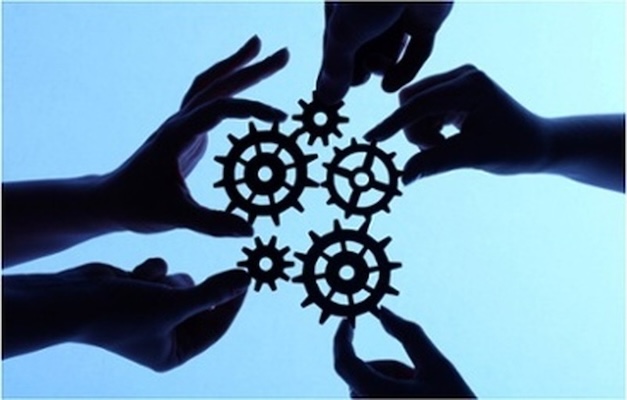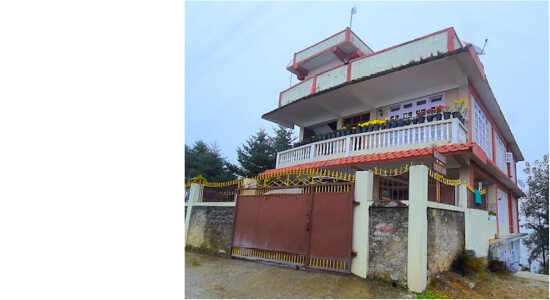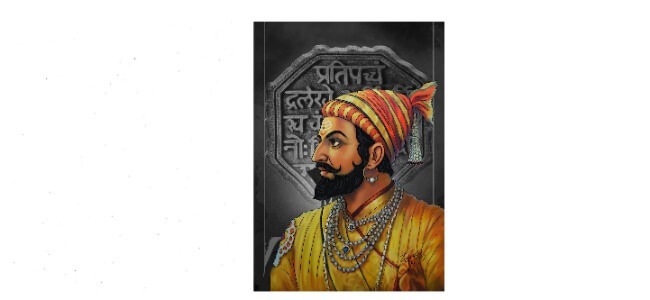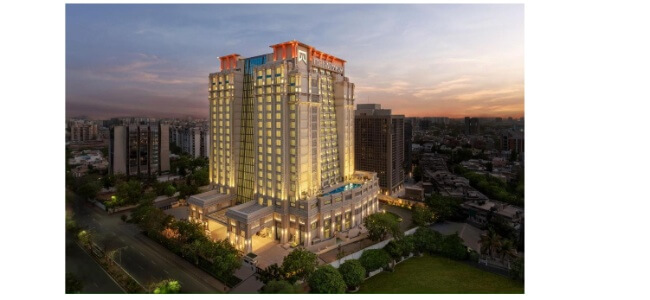The Asia-Pacific region today stands at the crossroads of history and progress. Across this vast and diverse landscape, cities are not only becoming centres of innovation and economic strength but also guardians of centuries-old traditions. The area is witnessing rapid modernisation, yet unlike in many parts of the world, the drive for growth does not automatically mean leaving the past behind. Instead, leaders, communities, and innovators are discovering ways to integrate heritage into modern life, effectively balancing tech and tradition to shape a more inclusive future.
This dynamic balance—between forward-looking development and the protection of cultural roots—is increasingly defining the identity of the Asia-Pacific. Governments, businesses, and citizens across the region have realised that the future is strongest when it carries the past forward. What is striking is that some of the most exciting developments occur precisely where tradition and technology meet. From smart cities that preserve historic neighbourhoods to digital platforms reviving endangered languages, Asia-Pacific countries are proving that modernity and heritage can coexist, reinforce one another, and even thrive together.
Do take a moment to read our post that explores how Asia-Pacific nations balancing tech and tradition are embracing innovation while preserving their rich cultural heritage.
Table of Contents
Asia-Pacific Nations Balancing Tech and Tradition | A Journey of Innovation and Heritage
The Asia-Pacific nations balancing tech and tradition represent a unique story of progress. From cutting-edge smart cities to centuries-old cultural practices, this region beautifully demonstrates how heritage and innovation can thrive together. Unlike many parts of the world, modernization here does not come at the cost of identity—rather, it enriches it. By balancing tech and tradition, these nations are shaping a future where resilience, culture, and technology move forward hand in hand.
Integrating Smart Cities with Cultural Identity
Across the Asia-Pacific, smart cities are becoming blueprints for urban innovation. Singapore stands as a shining example, renowned globally for its efficient use of technology in daily life. Advanced systems powered by data analytics and automation manage everything from traffic lights and air quality to waste collection. These innovations make the city more livable and sustainable. Yet what makes Singapore’s model remarkable is its equal commitment to heritage preservation. Careful restoration of historic neighbourhoods like Chinatown, Kampong Glam, and Little India enables locals and travellers to experience the richness of the city’s diverse heritage.
Instead of bulldozing tradition in the name of progress, Singapore ensures that its ultra-modern face is framed by cultural depth. In this way, smart technologies do not erase identity but protect and amplify it.
Preserving Languages and Customs Through Digital Tools
Language is often the soul of culture, yet many indigenous tongues across the Asia-Pacific have been under threat of extinction. New digital tools are helping reverse this trend. In New Zealand, for instance, the Māori language is being revitalised through interactive apps and gamified learning platforms that engage children and adults alike. Classrooms now combine in-person instruction with these tools, creating a blended model that strengthens identity while embracing new learning methods.
Similarly, in Indonesia and the Philippines, grassroots groups are recording oral traditions, folklore, and local dialects using smartphones and online libraries. What might once have been forgotten is now archived for generations. These digital repositories allow young people to connect with stories, songs, and customs that might otherwise have faded. By documenting traditions in accessible formats, communities prove that heritage can be passed on even in an age dominated by screens.
Supporting Local Artisans with Online Platforms
Traditional craftsmanship remains one of the most visible symbols of heritage. Across the Asia-Pacific, intricate textiles, pottery, and woodcarving are still produced, yet artisans face challenges from cheap, mass-produced imports. Technology is changing this equation. E-commerce platforms now allow artisans to showcase their creations directly to global buyers who value authenticity and handmade skill. In Thailand and Vietnam, governments are working with communities to provide online training in entrepreneurship and digital marketing. This support helps artisans adapt to the modern economy without abandoning their heritage. Buyers from across the world are now able to purchase handwoven fabrics or unique ceramics, thereby giving local creators financial stability. In this way, tradition not only survives but flourishes in a digital-first marketplace.
Fusing Ancestral Knowledge with Present-Day Wellness
Around the world, wellness trends are breathing new life into ancient healing practices. In the Asia-Pacific, systems like acupuncture, Ayurveda, yoga, and herbal medicine are being integrated into contemporary healthcare models. In China and India, for example, clinics now offer combined treatments where traditional knowledge works alongside scientific research, bridging ancient wisdom with modern medicine. Tourism has also embraced this trend. Resorts in Sri Lanka and Bali merge meditation, indigenous healing rituals, and locally sourced food within luxurious experiences. These wellness retreats appeal not only to foreign travellers seeking authenticity but also to locals reconnecting with cultural roots. The result is a hybrid model of wellness—one that merges heritage with innovation and appeals to global sensibilities.
Encouraging Responsible Tourism That Respects the Past
Tourism is a cornerstone of many Asia-Pacific economies, but growth must not come at the expense of cultural or environmental integrity. Throughout the region, efforts are underway to develop models of responsible tourism. Bhutan offers one of the most inspiring models: travellers pay a sustainable development fee, which is reinvested into conservation and cultural programs. In this way, tourism creates value not only for visitors but also for local communities.
Other nations, including Japan, Nepal, and Indonesia, are creating rules that limit overcrowding at sacred sites and protect fragile ecosystems. At the same time, travellers are being encouraged to make eco-conscious choices. For instance, opting for the best eSIM for Asia rather than physical SIM cards eliminates plastic waste and reduces environmental impact. Tourism here becomes more than sightseeing—it becomes a means of preserving what truly matters.
Using Education to Teach Tech with Cultural Awareness
The classroom has become another space where tradition and technology intersect. In South Korea and Japan, students now learn coding, robotics, and artificial intelligence from an early age. Yet these high-tech lessons are complemented by cultural studies that emphasise traditions, holidays, and social values. The result is a generation equipped for the future yet firmly rooted in identity. In rural countries like Laos and Myanmar, mobile classrooms equipped with tablets and internet connections are reaching children who once had limited access to education. These programs also include lessons on local history, crafts, and folklore, ensuring that digital progress does not overshadow cultural continuity. Education thus becomes a bridge between the wisdom of the past and the opportunities of tomorrow.
Bridging the Gap with Localised Innovation
Some of the most effective technological solutions are those tailored to local realities. In India, mobile applications in regional languages allow farmers to check weather forecasts, crop prices, and farming techniques. These platforms are modern tools, but they are designed with deep sensitivity to rural life.
In Papua New Guinea, solar-powered radios share news and public health messages in native languages. These innovations show that respecting tradition doesn’t mean avoiding progress. It means designing tech that people can trust and use in their day-to-day lives.
Balancing technology and tradition isn’t about choosing one over the other. Across the Asia-Pacific, countries are showing that it’s possible to move forward while still honouring what has always mattered.. Even small choices, like finding and using the best eSIM for Asia instead of relying on physical SIM cards, can support a more sustainable, culturally respectful travel experience. As Asia-Pacific nations continue to lead in both tech and cultural influence, their example offers lessons the whole world can learn from.
Asia-Pacific nations balancing tech and tradition are showing how Asia-Pacific nations can harmonize innovation and heritage by blending tradition and technology.
We are a reader-supported site. This means, at no additional cost to you, we may earn a small commission if you book a flight or hotel, or make a purchase through one of our affiliate links. Thank you for your support!
Flights – Air India (Domestic) or Air India (International), or Priceline
Tours – Click to book top tours around the world. Book tours and activities here.
Experiences – Book your next unforgettable experience here, with flexible bookings and free cancellations. Reserve tours and activities now and pay later.
Hotels – Click to book the best hotels/resorts. Choose the best stay options with TripAdvisor or Hotels.com, or HotelsCombined
Travel Insurance – Click to book Travel Insurance that covers a range of travel insurance and safety services including medical emergencies, lost luggage, trip cancellation and more
Visas and Travel Documents Application – Click here for Online Travel Visa Check
Online Passport Photo – Get Your Passport Photo Online here
Do You Love Traveling?
Do you want to know how to travel the world? We have put together a very useful travel resources page with the best travel tips. Go check it out now. Thanks for visiting our site Voyager - imvoyager.com and taking the time to read this post! If you wish to collaborate/work with us then reach us at imvoyager18@gmail.com We’d love it if you’d comment by sharing your thoughts on this post and share this post on social media and with your friends. Follow our journey on our social media channels: Facebook X Instagram Pinterest YouTube
Start dreaming about your next adventure with Tripadvisor. Book your next unforgettable experience here with flexible bookings and free cancellations.
Flight booking online at the best fare
60+ Million Users Trust TripAdvisor With Their Travel Plans. Shouldn't You?
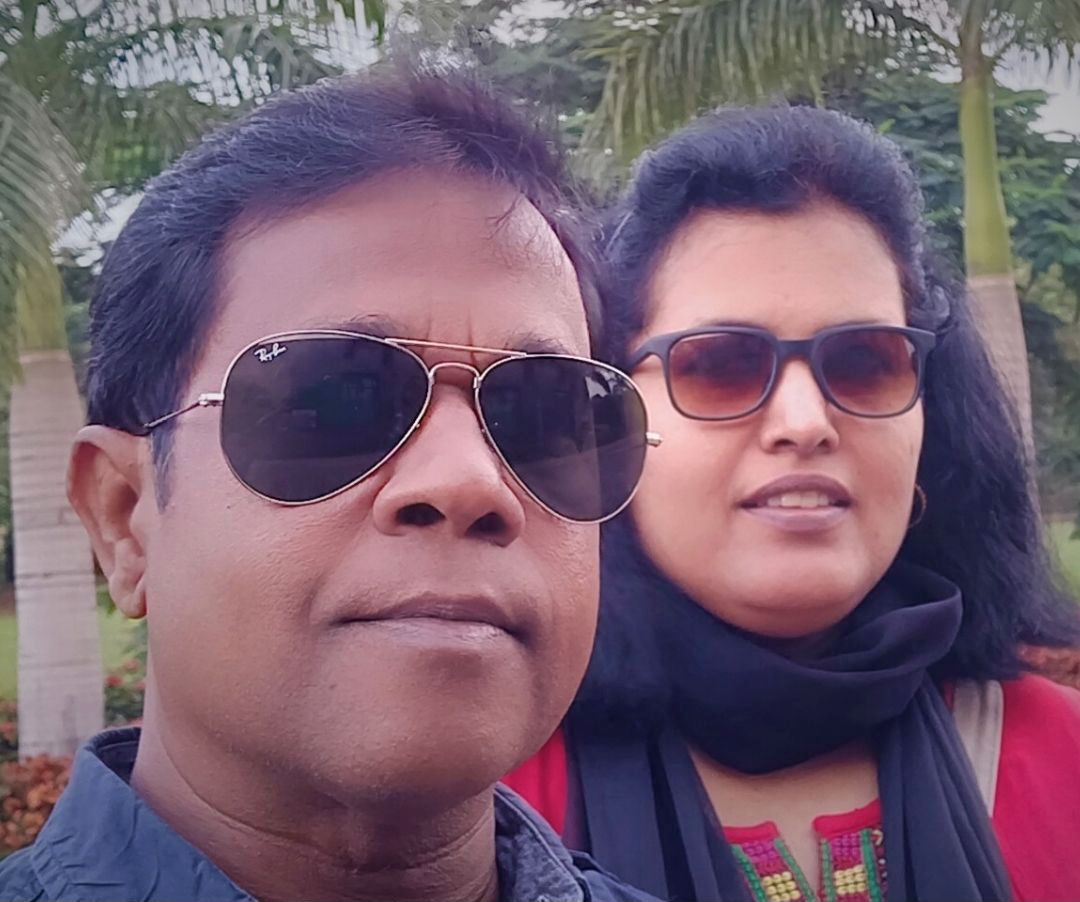
Sandy & Vyjay are a husband and wife duo who are travel content creators. They are co-founders of this travel website and are one of the leading travel content creators in India.
Sandy & Vyjay quit their successful corporate careers to pursue their passion for travel and writing full-time. Their dedication has earned them the “Best Travel Writer” award and numerous accolades on both national and international stages. Focusing on India’s destinations, heritage, and culture, they are passionate advocates for nature and the environment. Through their content, they promote ecotourism and sustainable travel, inspiring others to explore and preserve the beauty of India.

